Netflix: The Saga Continues
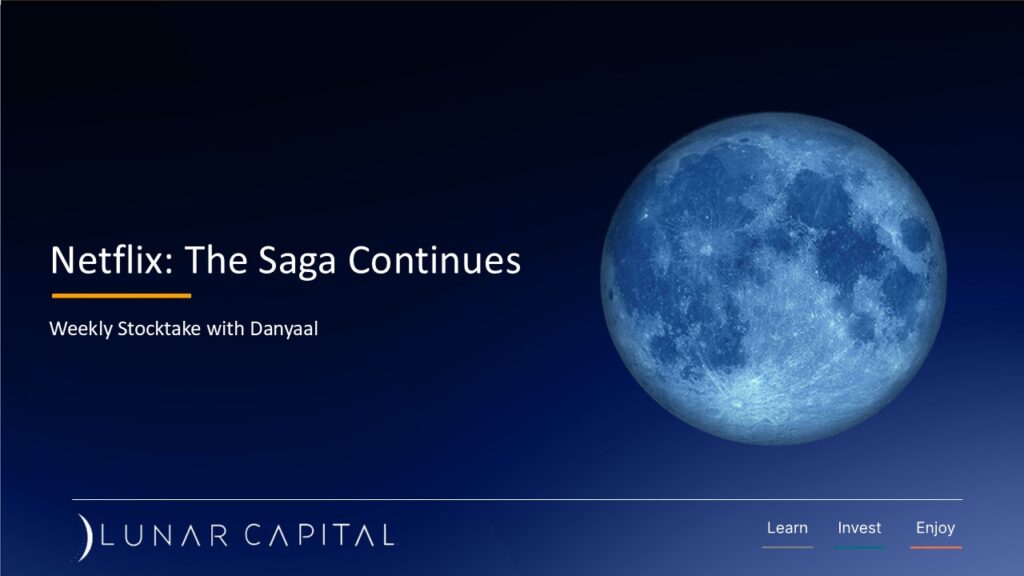
How have Netflix positioned themselves for growth.
JP Morgan – Banking on Volatility
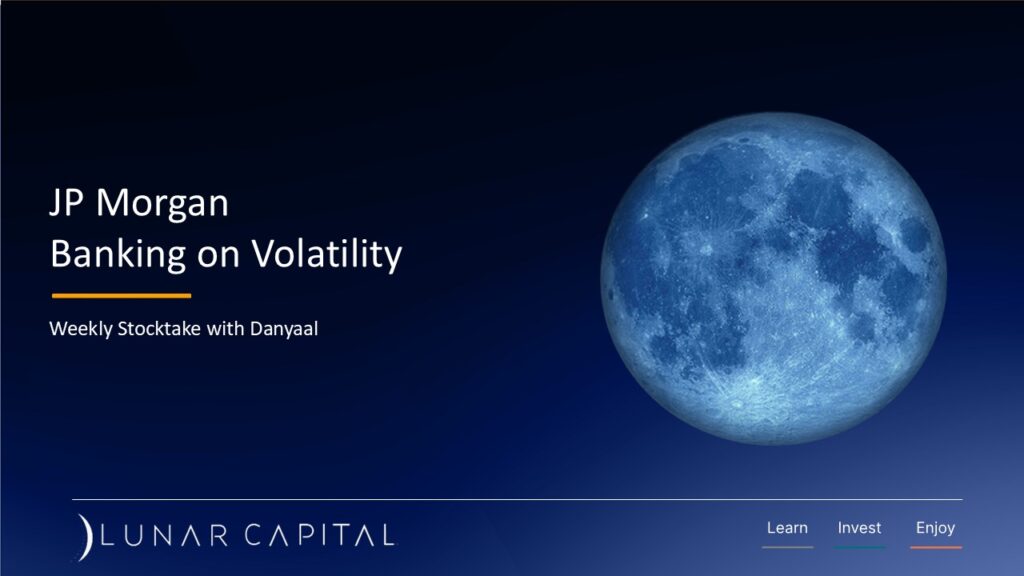
How is the America’s largest bank benefiting from market uncertainty.
Not Tariffic
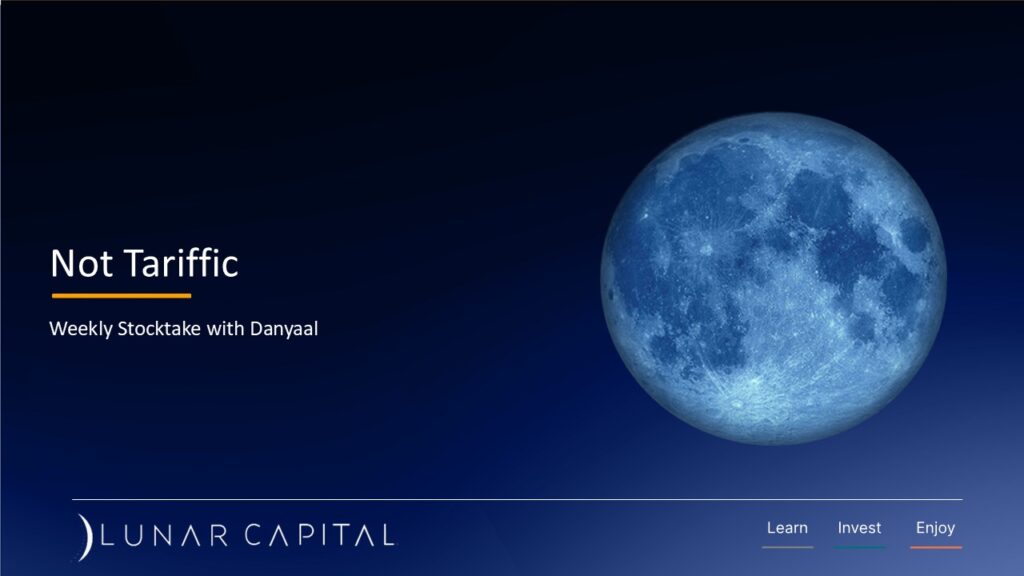
What is the US, under the Trump Presidency, trying to achieve?
De-Lululemon
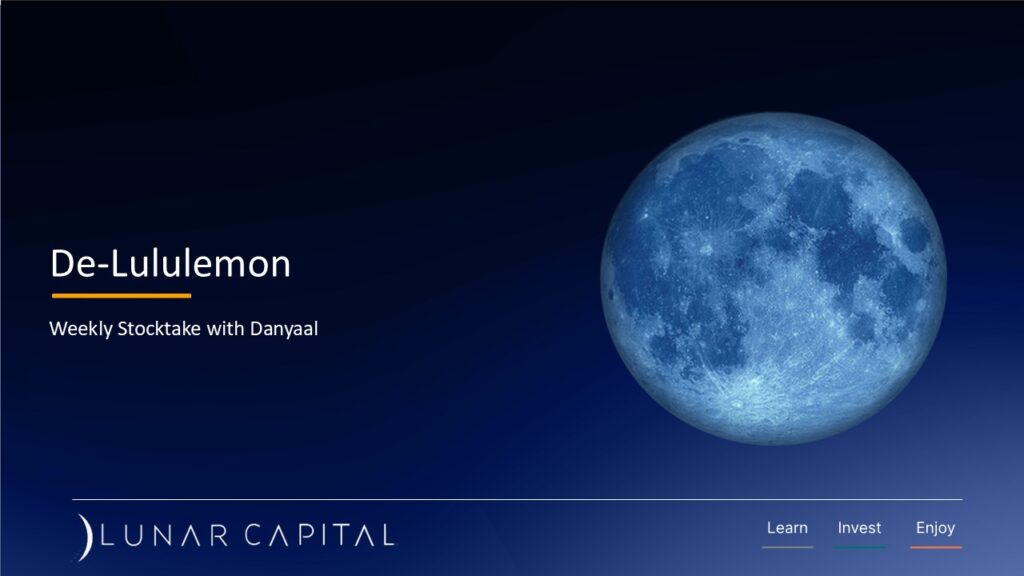
Can Lululemon weather this storm?
Tencent – Gaming and Beyond
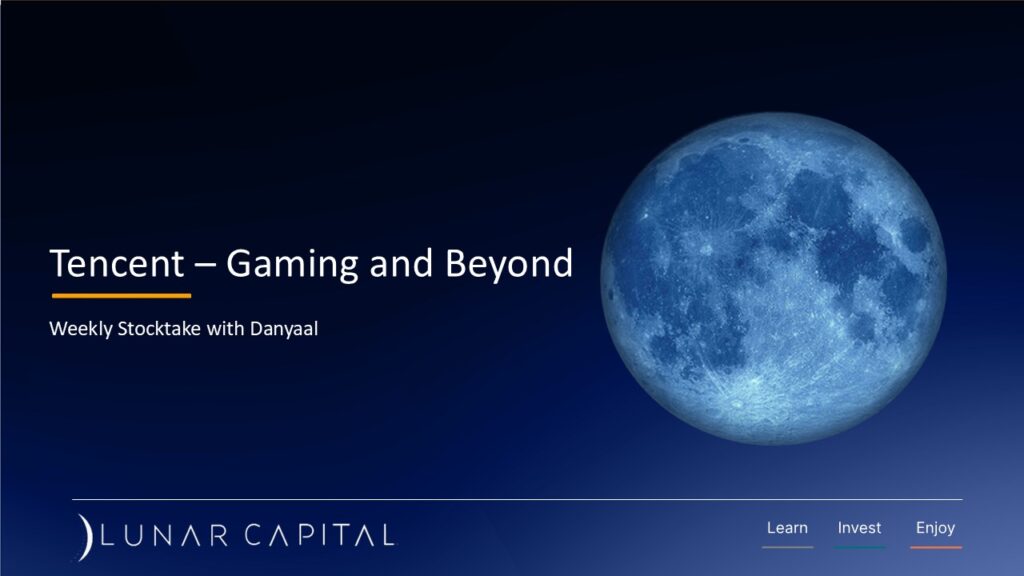
How does China’s biggest company plan to compete in the AI race?
Hala Zara
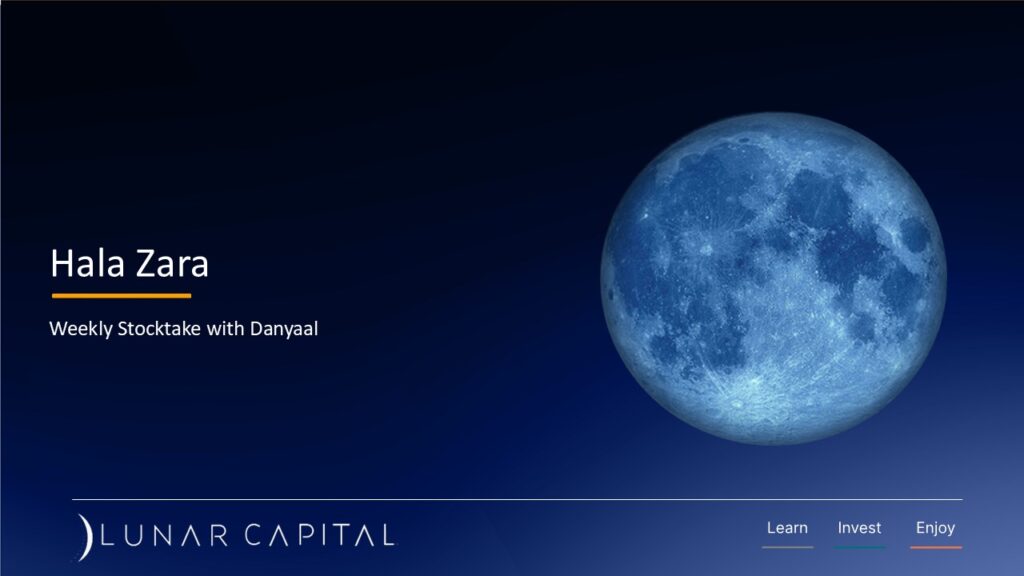
How does Zara cater to increasingly fickle customers?
ShopRite on Track
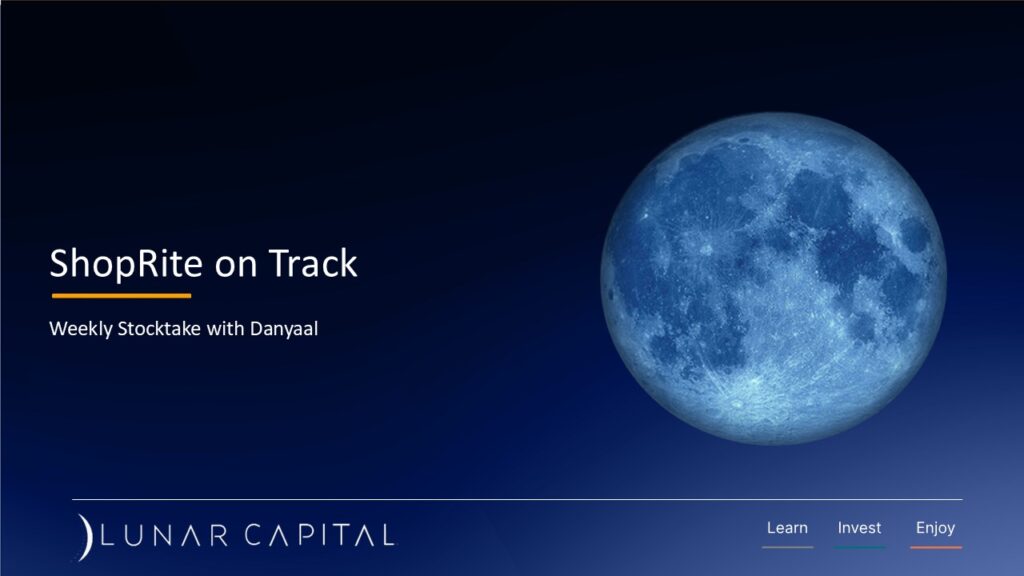
What is Shoprite doing to gain marketshare?
In the Amazon-e
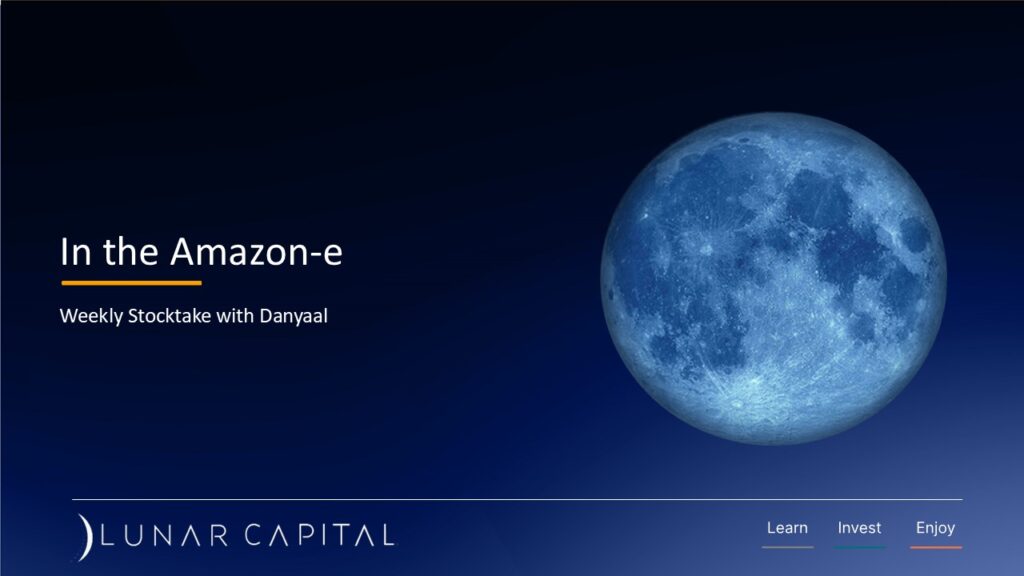
What trait has led Amazon to build one of the most successful businesses in the internet’s history.
Apple Doesn’t Fall Too Far from the Tree
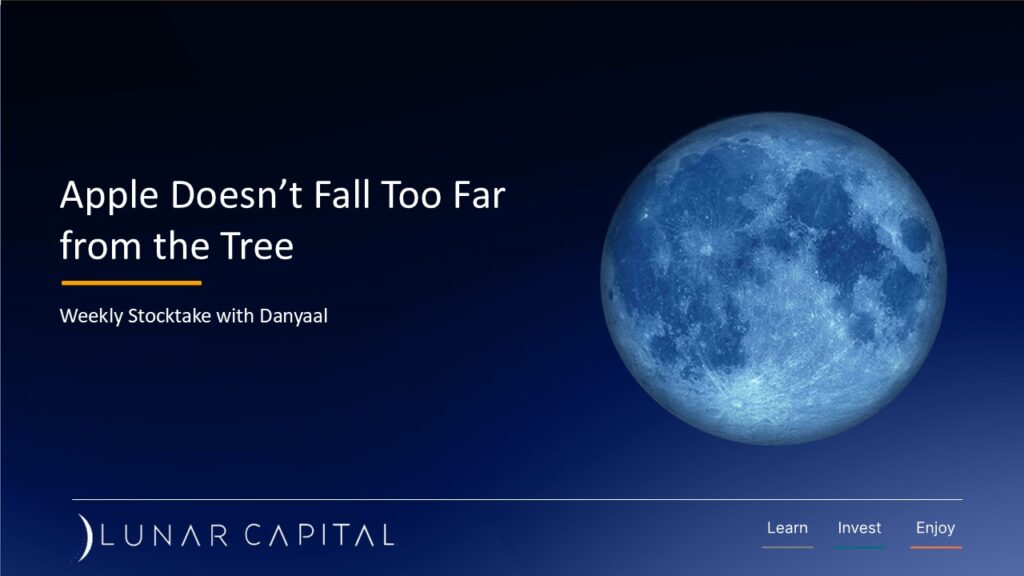
Without it’s own Large Language Model, how can Apple benefit in the AI race.
Net Flicks on Flicks on Flicks
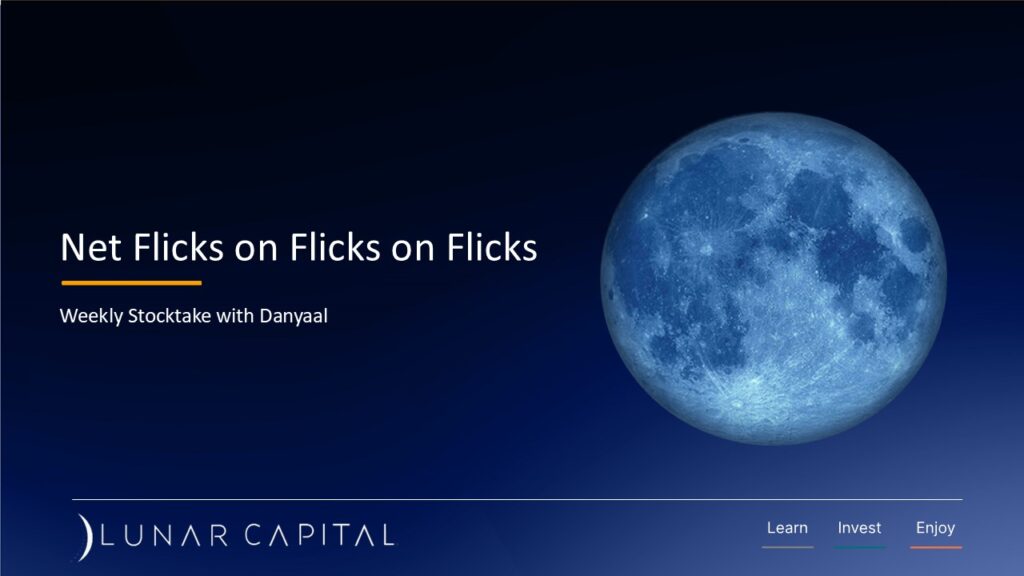
What has given Netflix the edge over their competition?
